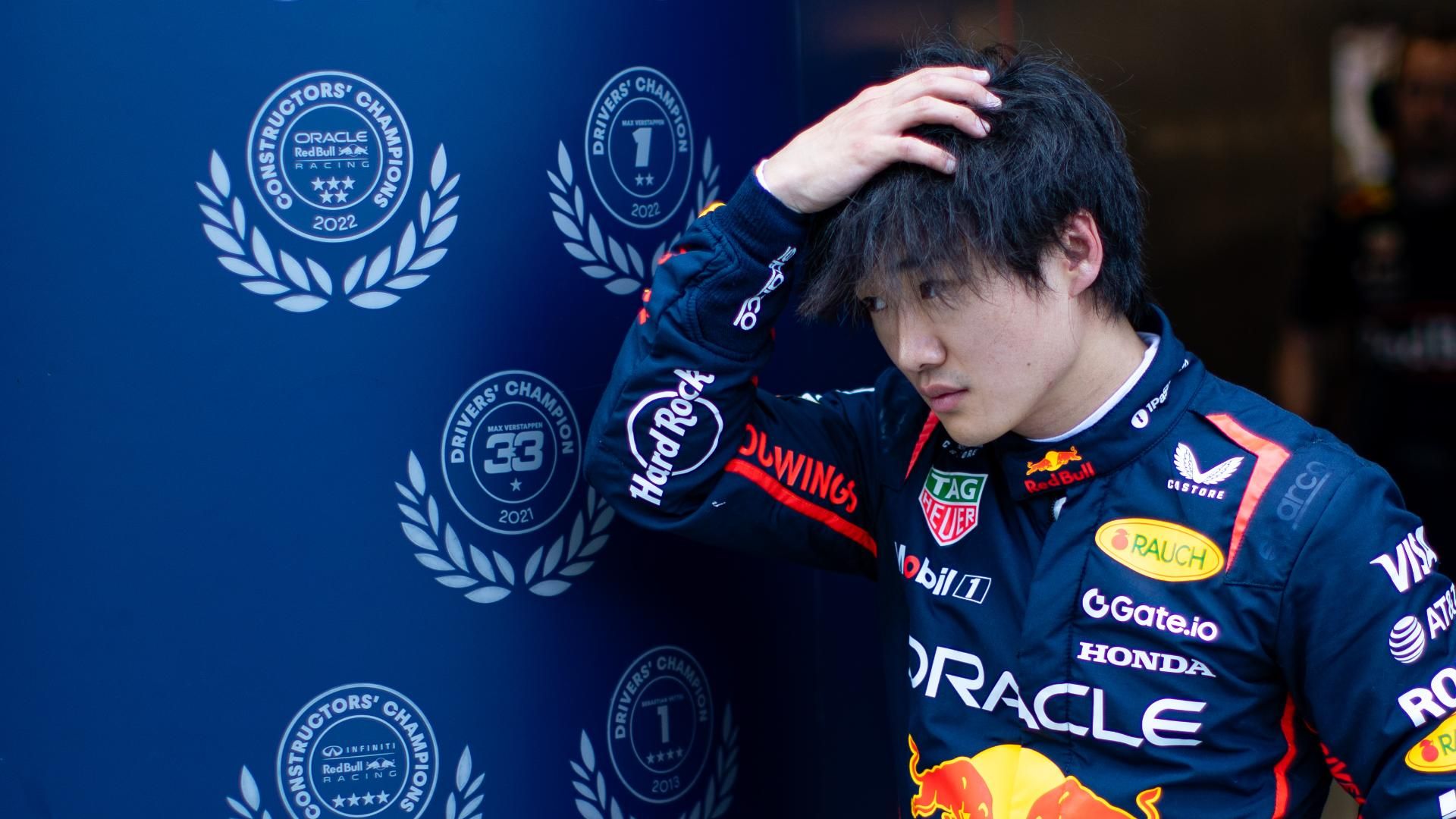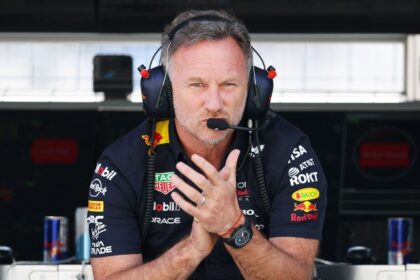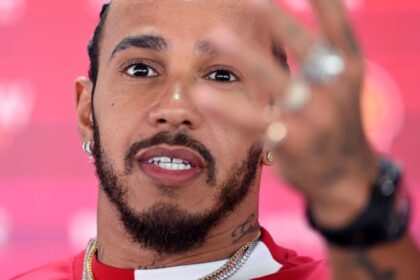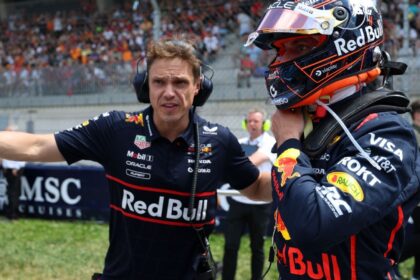Formula 1 in the Driver Market: Who Goes Where?
The summer break in Formula 1 always coincides with the question that dominates the mid-season: who is leaving and where to? Traditionally, the August break marks the start of the “silly season”, similar to the transfer market or free agency in other sports. However, unlike these, there is no defined deadline for a driver to decide to change teams. Lewis Hamilton, for example, signed his contract with Ferrari for 2025 even before Mercedes’ pre-season in 2024, although it is not surprising that the man with the most records has broken conventions. The season restart is usually busy. This year, a double European race, the Dutch Grand Prix (August 31) and the Italian Grand Prix (September 7), promise to be dominated by conversations about the signings for 2026. This year’s “silly season” has a new flavor, with the incorporation of a new team, Cadillac, which joins the grid next year, meaning two additional available seats, expanding the field from 20 to 22 drivers.Secured Teams for 2026:
- McLaren: Lando Norris and Oscar Piastri
- Ferrari: Charles Leclerc and Lewis Hamilton
- Aston Martin: Fernando Alonso and Lance Stroll
- Haas: Esteban Ocon and Ollie Bearman
- Audi: Nico Hülkenberg and Gabriel Bortoleto
Mercedes
Now that Verstappen is going on summer vacation third in the championship, without activating the performance clause in his contract that would have allowed him to leave Red Bull, the identity of the Mercedes driver lineup next season seems clear. Russell, whose contract ends at the end of the season, did not have a new agreement on the table when he left the Hungarian Grand Prix for the summer break, but the process of signing an extension is underway. The duration of that extension is an aspect to consider. Sources from the pilots’ market expect Mercedes to offer Russell a one-year contract to keep open the possibility of signing Verstappen next season, and although Russell is looking for a longer deal, his situation is complicated by the fact that he both drives for Mercedes and is managed by them, which limits his influence in the negotiations. Rookie teammate Kimi Antonelli has struggled lately, but is expected to be retained for 2026. With the growing internal belief that Mercedes will be competitive under the new regulations to be introduced for 2026, Wolff finds himself in a somewhat luxurious position. Giving Russell and Antonelli short-term deals will give the team flexibility next year in what will likely be a more open driver market. Hamilton’s deal with Ferrari expires at the end of next season, and any departure or retirement of the seven-time world champion could create a domino effect throughout the grid, while Verstappen is likely to want to leave again if Red Bull remains uncompetitive within 12 months.Cadillac
With the Verstappen-Mercedes situation now clear, the incoming Cadillac team, which will become the eleventh team on the grid next season, will dominate attention in the “silly season”, with two seats available in a completely new project. The American team, overseen by General Motors and led by former Manor boss Graeme Lowdon, has made it clear that announcing its drivers has been of low priority this year, as it focuses on building the operation from scratch.
Alpine
Pierre Gasly has scored 100% of Alpine’s points this season, highlighting not only how much he has improved since leaving Red Bull, but also how much his team has struggled to find a suitable teammate in the other car. Jack Doohan was put under immediate pressure when Alpine signed Franco Colapinto as a reserve driver before the season began, and the Australian driver didn’t deliver. Doohan was replaced at the Emilia Romagna Grand Prix, but Colapinto hasn’t fared much better. The Argentinian driver is on loan from Williams, where he became an overnight sensation as a replacement for Logan Sargeant last year, but the shine of that campaign has quickly faded with a series of very poor results and crashes since he made the move. However, this has not diminished his financial influence. Colapinto arrived at Alpine with significant backing from a group of Latin American companies, which has been vital in his rise to the main team. There have been conflicting reports about Colapinto’s position in the team. Publicly, Alpine’s executive advisor, Flavio Briatore, has said that the Argentinian’s performance must improve rapidly if he wants to stay in the seat, and the team was linked last month with a mid-season move for Bottas. Such a move would likely tie the Finnish driver in 2026 as well, and it would not be an exaggeration given Bottas’ long relationship with Mercedes, which will supply engines to Alpine from next year, but that seems to depend on whether he takes the Cadillac seat. Reserve driver Paul Aron could also have the opportunity to prove his worth at the end of the year. Before the break, sources with knowledge of the team’s way of thinking suggested to Alofoke Deportes that Colapinto could stay beyond 2025, regardless of whether his performance improves, given the importance of the money he brings.Red Bull and Racing Bulls
You had almost forgotten about this, right? While much of the attention in the last two months focused on Verstappen, it’s worth remembering that the future of his teammate, Yuki Tsunoda, is not clear beyond this season. Tsunoda was promoted to the team instead of Liam Lawson after only two races this season, but he has struggled brutally in the seat alongside the four-time world champion.
Interestingly, Tsunoda’s difficult situation could also be favored by what has become a consensus in F1: Red Bull has built a horribly difficult car to drive for anyone other than Verstappen. The fact that Gasly, Pérez, Lawson and Alex Albon have ultimately failed alongside the world champion before Tsunoda, who was sublime in 2024 for the junior team, has only reinforced the feeling that Red Bull needs to work on both the car and the driver. The technically skilled Mekies has already hinted at this, which means that Tsunoda may well have a lifeline in terms of staying long-term.
Red Bull junior driver Arvid Lindblad, 18, seems to be on a rocket ship climbing the lower categories. The Briton became the youngest F2 winner by winning in Jeddah as a rookie earlier this year. However, it has been a mixed season, and Red Bull may be reluctant to promote him too soon. If the path to Formula 1 is the one they choose for the exciting teenager, there is an obvious scenario. Sources within Red Bull have told Alofoke Deportes that the only thing almost certain within the company’s two F1 teams at the moment is that Lawson will not have another chance in the senior team, which would suggest that he would be the one on the chopping block if there was a strong desire to promote Lindblad in 2026. Mekies could also offer Lawson a lifeline similar to Tsunoda’s. Mekies managed Lawson when he replaced Ricciardo last year, and it was his form at the end of the season that earned the New Zealander his ephemeral promotion to Red Bull; Mekies was also the man who waited for Lawson with open arms when he was demoted. Sources close to Lawson have told Alofoke Deportes that the Kiwi has only recently shown glimpses of his former self on and off the track, suggesting that the blow to confidence was enormous. With Mekies now in a position that should have influence on the company’s broader driver decisions, the prospect of Lindblad having another year to develop and Lawson having one more season (his first uninterrupted F1 campaign at that) doesn’t seem as far-fetched as it might have been a few months ago. Of course, if Tsunoda were to be fired at the end of the year anyway, then everything would change: the likely scenario would be that Isack Hadjar would move up and Lindblad would partner with Lawson in the junior team. With no big names on the market and with the desire to rebuild both the perception of Red Bull’s driver decisions and the strength of its overall youth program, don’t expect any hasty decisions here: the Austrian company can take its time before deciding the best way to proceed.









